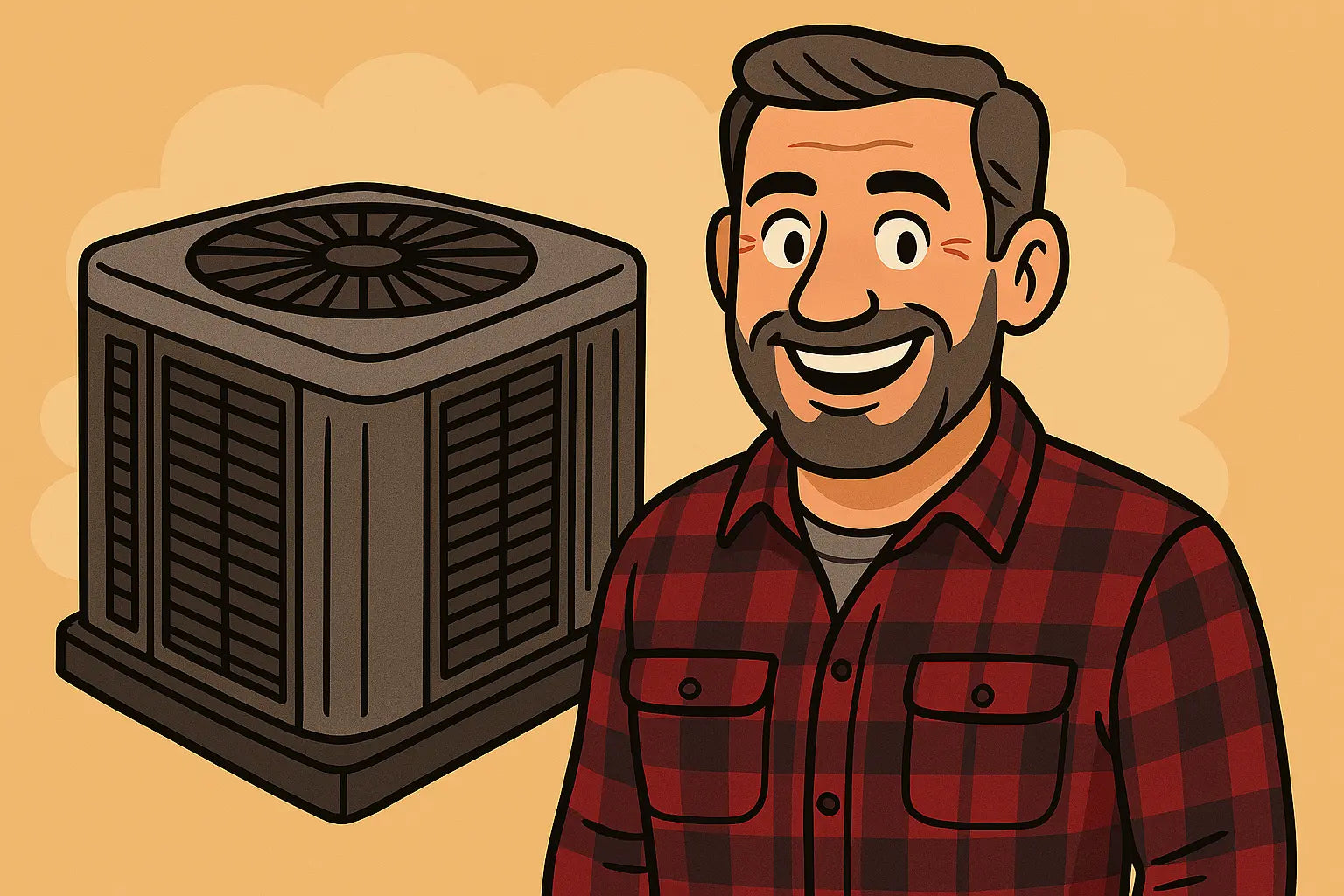Getting Ready for Start-Up: What to Check Before You Flip the Switch
Before you crank the Goodman GLXS4BA3610 on for the first time each season, it pays to do a quick walk-around inspection. Here’s what I always check:
-
Power supply: Confirm the disconnect box is energized and circuit breakers are on.
-
Condensate drain: Make sure it’s clear and draining properly to avoid water damage.
-
Outdoor unit cleanliness: Clear leaves, dirt, and debris from around the condenser fins for better airflow.
-
Refrigerant lines: Check for visible signs of leaks or damage.
If you want a deeper dive on start-up prep, this Energy.gov AC maintenance checklist is a solid reference.
Common Start-Up Issues and How to Fix Them
1. Unit Won’t Start
If the condenser doesn’t power on, here’s what to troubleshoot:
-
Check the thermostat is set to “cool” and temperature is below room temp.
-
Verify the safety switches and disconnects are engaged.
-
Inspect the contactor and capacitor for wear or damage.
For detailed capacitor testing tips, TCL’s guide is great for DIY folks.
2. Condenser Runs but No Cooling
If the fan and compressor run but you’re not getting cool air:
-
Verify the refrigerant charge is correct (undercharge or overcharge can cause problems).
-
Check that the outdoor coil is clean—dirty coils reduce heat transfer.
-
Inspect the thermostat wiring for shorts or loose connections.
The HVAC School’s refrigerant charging troubleshooting guide explains the steps pros take to get it right.
Mid-Season Maintenance Tips to Avoid Trouble
Once your Goodman GLXS4BA3610 is humming along, keep it that way with simple ongoing care:
-
Clean or replace air filters monthly. Dirty filters restrict airflow and strain the system.
-
Inspect the condenser fins and straighten bent fins if necessary.
-
Check electrical connections at the unit for corrosion or looseness.
If you want to dive deeper, check out this Jon Wayne HVAC guide on AC coil maintenance.
Troubleshooting Noises: What That Buzzing or Humming Might Mean
Hearing unusual noises? Here are common sounds and what they might mean:
-
Buzzing: Often a failing contactor or loose wiring.
-
Humming without startup: Could be a bad capacitor or compressor lock-up.
-
Rattling: Loose panels, fan blades, or debris stuck in the unit.
Preparing for Summer Shutdown: Steps to Protect Your Investment
As summer winds down, a proper shutdown extends your system’s life:
-
Turn off power to the condenser at the disconnect box.
-
Clean the unit thoroughly to remove dirt and debris.
-
Inspect refrigerant lines for wear and insulate if needed for winter.
-
Schedule a professional tune-up to catch any issues early.
For detailed end-of-season care, the Energy.gov winterizing HVAC guide has practical tips.
When to Call in the Pros
Some issues are best left to trained technicians, especially if you notice:
-
Refrigerant leaks or hissing sounds
-
Electrical burning smells or sparks
-
Frequent system short cycling
-
Compressor failures or hard starts
Professional service ensures safety, warranty compliance, and correct repairs. If you need to find a qualified pro, check out resources like NATE-certified technician locators.
Final Thoughts
The Goodman GLXS4BA3610 is a reliable workhorse, but like any AC condenser, it thrives on regular maintenance and correct operation. By following these troubleshooting tips—from start-up checks to summer shutdown—you can avoid many common headaches and enjoy consistent comfort all season long.
If you’re considering upgrading or replacing your system, you can check out the complete Goodman 3 Ton 14.5 SEER2 R-32 System right here at The Furnace Outlet.
Need more installation and troubleshooting tips for this system? Visit my guide right here!
Until next time,
- Mike, your cool HVAC neighbor







